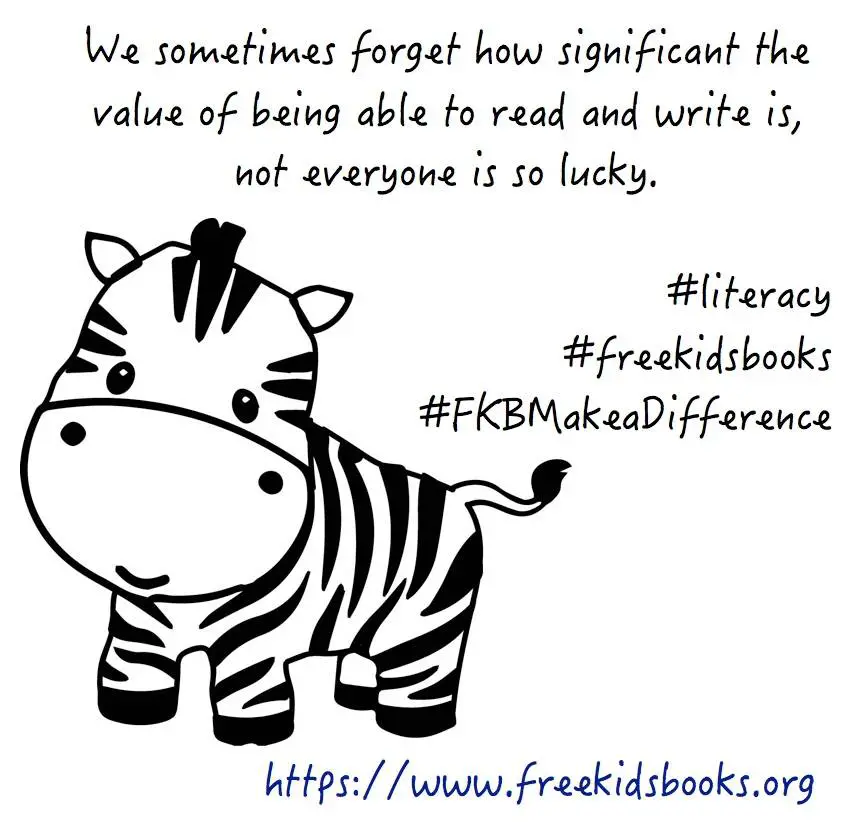Every child lights up when their effort is noticed, whether acing a test, mastering a skill, or showing kindness. Rewards are tools to build confidence and inspire growth.
Parents and teachers can nurture curiosity and perseverance by understanding what drives kids to learn and try harder. Thoughtful recognition encourages positive habits, academic progress, and social skills.
If you’re ready to explore how small, intentional actions can spark significant changes, stick around as we make it simple and actionable for everyone involved.

How Rewards Shape Children’s Behavior and Motivation
Rewards are powerful tools to encourage effort and persistence. They help children connect hard work with positive outcomes, reinforcing behaviors like studying, teamwork, or problem-solving.
For instance, providing school awards for academic achievement can boost confidence and inspire others to aim for similar success. These moments of recognition motivate kids to keep striving.
Celebrating small wins, like finishing a challenging book, also fosters a sense of accomplishment. Over time, external rewards pave the way for internal motivation, as kids begin to value their effort and growth. With balance, rewards shape confident, resilient learners.
Balancing Extrinsic and Intrinsic Motivation in Kids
Motivating kids requires a thoughtful mix of external rewards and internal satisfaction. Extrinsic rewards, like stickers or praise, spark excitement and encourage initial effort. They are especially helpful when kids face tasks they might not naturally enjoy.
However, the goal is to nurture intrinsic motivation, where children find joy in the process, like solving puzzles or mastering a skill. By gradually shifting the focus from external rewards to self-driven achievement, kids learn to take pride in their growth.
This balance ensures rewards remain tools for encouragement, not crutches, fostering long-term curiosity and love for learning.
The Role of Positive Reinforcement in Learning
Positive reinforcement strengthens desired behaviors by associating them with rewarding outcomes. A kind word, a high five, or specific praise like, “You worked hard on that math problem” encourages kids to repeat these efforts.
Unlike punishment, which focuses on correcting mistakes, positive reinforcement builds confidence and fosters a growth mindset. It helps children see challenges as opportunities, not setbacks.
For younger kids, tangible rewards like stickers or tokens work well. As they grow, verbal affirmations and recognition hold greater value. By consistently acknowledging effort and improvement, adults create an environment where kids feel motivated to keep learning.
Practical Rewards That Build Lasting Habits
Rewards work best when they reinforce habits that kids can carry into adulthood. Small, consistent incentives, like extra playtime for completing homework or choosing a family activity after reaching a goal, feel meaningful.
Experiential rewards, such as visiting a museum for excelling in science, encourage learning beyond the classroom. Non-material recognition, like displaying one’s work or writing a heartfelt note, fosters self-esteem.
Tailoring rewards to each child’s interests and age is vital. Over time, these thoughtful gestures teach kids that effort and persistence lead to personal satisfaction, making positive behaviors a natural part of their lives.
How Teachers and Parents Can Align on Reward Strategies
Consistency between home and school strengthens the impact of rewards. When teachers and parents communicate, they can reinforce positive behaviors across both environments.
For example, a teacher might recognize a student’s effort in class, while parents follow up by celebrating the same progress at home. Shared reward systems, like a sticker chart or goal tracker, keep everyone on the same page.
Regular check-ins help ensure strategies remain effective and tailored to the child’s needs. This collaboration not only supports learning and growth but also sends a clear message to kids: their hard work is valued everywhere they go.
The Last Word
Thoughtfully designed rewards motivate children to embrace learning and positive behaviors. They build confidence, perseverance, and a love for growth.
Parents and teachers can create a supportive environment by aligning strategies and celebrating progress. Small, intentional actions today shape the curious, motivated individuals children will become tomorrow.











